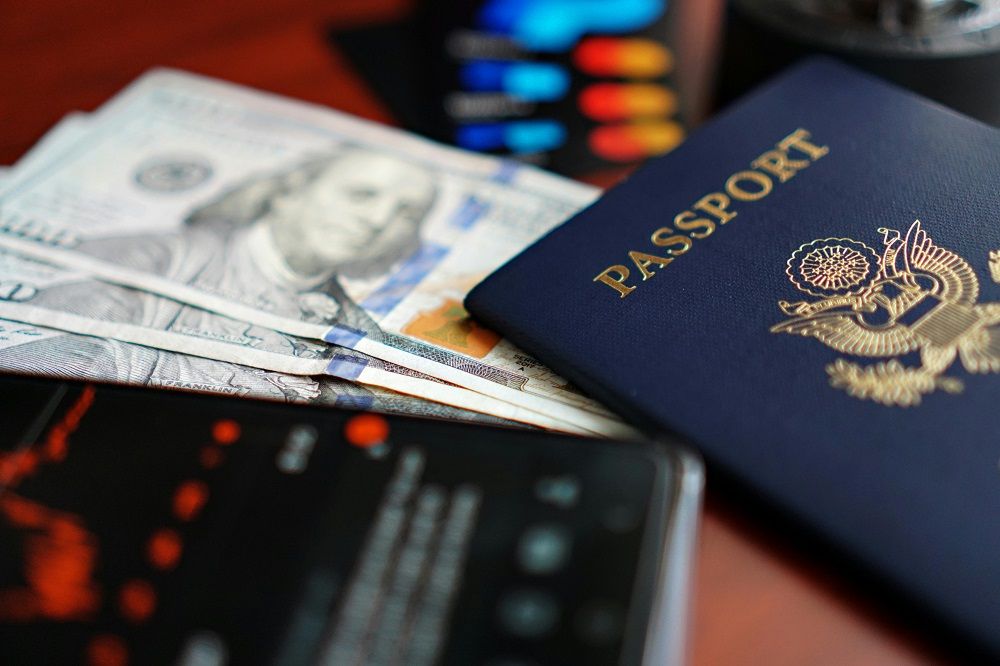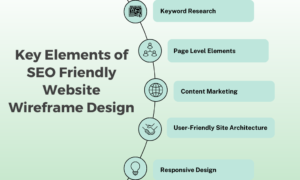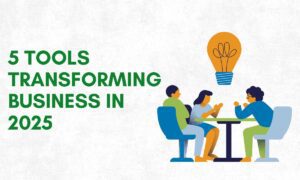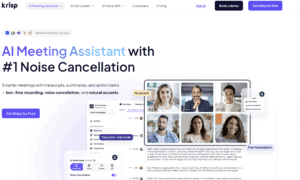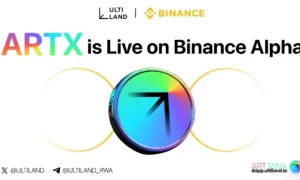The U.S. immigration system is no longer just a legal framework; it has also become a measurable economic variable that directly affects startup valuations, research and development (R&D) location decisions, talent retention costs, and long-term capital allocation. As the Trump administration swiftly moves through its first year in office, the 19 November 2025 DHS proposal to rescind the 2022 Public Charge Final Rule and revert to a broader, more punitive definition signals that financial self-sufficiency will once again be used as a gatekeeping tool, starting in 2026. For venture funds, corporate boards and high-growth companies, the question is no longer whether this regulatory shock will arrive, but how exposed their human capital actually is.
2024: What the Numbers Actually Told Us
The fiscal years of 2022–2024 provided the first dataset on talent migration under immigrant intent in the digital era. USCIS data confirm what every seed and Series A deck had already suggested: EB-2 NIW filings almost doubled between fiscal years 2022 and 2024, driven primarily by AI/ML engineers, fintech founders, climate tech researchers and biotech principal scientists.
The driver was simple arithmetic. H-1B cap chaos, a backlog of six to ten years for PERM applications from India and China, and the explosion of LLM-related roles since 2022 pushed high earners towards pathways that signalled permanent commitment rather than temporary status. By late 2024, AI-related NIW petitions alone were estimated to account for 28–32% of the category, while fintech and cleantech accounted for a further 15–18% each. These are not just success stories — these are sectors where median approved NIW salaries exceed $220k–$350k, tax contributions are substantial, and equity upside is measured in nine figures.
Yet during this period, the first signs of stress emerged: approval rates plummeted from around 80% in FY2023 to as low as 43% in parts of FY2024, before partially recovering to around 63% in Q1–Q2 of FY2025. The market interpreted this correctly: USCIS began demanding stronger evidence of ‘national interest’ at the height of the labour market.
Public charge is about money, not ideology.
Strip away the legal jargon and public charge inadmissibility becomes a simple capital allocation filter: will this person cost U.S. taxpayers more than they contribute?
The 2019 Trump rule addressed that issue head on. The 2022 Biden rule neutralised it. The November 2025 DHS proposal effectively resurrects the 2019 framework, but without the guardrails of formal rulemaking. This gives future administrations (and individual officers) far greater latitude.
For investors, the implications are severe. Founders on H-1B or O-1 visas who are made redundant or affected by a funding winter can no longer be confident that they can adjust their status if their savings, health insurance or future job offer are deemed “insufficient” under the new totality-of-circumstances test. Due diligence questionnaires in 2026 will routinely ask, ‘What percentage of your cap table is exposed to public charge risk?’
Where does EB2 NIW sit in this landscape?
The EB-2 National Interest Waiver is the only employment-based immigrant category that is explicitly designed around long-term economic contribution rather than a specific job offer. Applicants must prove three things: that they have an advanced degree or exceptional ability; that their work has substantial merit and national importance; and that waiving the job offer requirement is in the national interest.
In investor terms, the median approved EB2 NIW case in 2024–25 already demonstrates earning power 3–5 times higher than the federal poverty guideline. This includes private health insurance, U.S. tax payments and a quantified economic impact, such as patents, citations, revenue generated and jobs created. In other words, these profiles are structurally incompatible with any potential public charge concern.
As policymakers revisit public charge standards for 2026, the EB-2 NIW category emerges as a notable option, offering a pathway where economic self-sufficiency and national interest are aligned by design.
2024 outcomes as forward indicators
Even before the latest DHS proposal, the 2024 approval data already showed which profiles survive scrutiny spares.
- Founders who have raised at least $5 million or achieved at least $2 million in annual recurring revenue (ARR).
- Principal engineers at Series C+ companies who have received equity grants totalling at least $1 million.
- Applied researchers with at least 50 citations or commercialised intellectual property.
- ESG/policy experts who advise federal agencies or those responsible for sustainability mandates in the Fortune 500.
These are precisely the individuals whose departure would result in an immediate negative impact on valuation multiples. Companies that have systematically moved their 2022–2024 hires onto EB2 NIW tracks (rather than perpetual H-1B renewals) now have a significant competitive advantage when it comes to retention and M&A processes.
Scenario 2026: Public charge tightens.
Assume that the proposed rule is finalised largely intact in 2026. The categories that will be hit hardest are:
- Lower-wage EB-2/EB-3 with sponsored PERM, especially if the salary falls below 250% of the Fair Market Value during the notice period.
- Family-based cases without robust affidavits of support.
- This includes anyone who has previously used non-cash benefits (such as Medicaid, SNAP or Section 8), even if this was legally permitted under the current rules.
By contrast, EB2 NIW applicants will face heightened evidentiary requirements regarding economic impact, yet they will remain fundamentally protected because their entire petition narrative is based on their status as net fiscal contributors. This category not only survives stricter public charge, it becomes relatively more attractive.
Using EB2 NIW as a risk management tool for investors and corporations.
Sophisticated funds are updating their term sheets and portfolio monitoring.
- Require portfolio companies to report the percentage of technical staff on temporary versus permanent resident-track status.
- Demand that contingency plans are made for the public charge exposure of key personnel.
- Give preference to companies that demonstrate a systematic approach to EB2 NIW execution. This typically costs between $25k and $40k per case and has a payback period of less than 18 months, reducing turnover risk.
An EB2 NIW approval in 2025 would effectively remove all risk for a founder or core engineer throughout the company’s entire life cycle, including the exit process.
The Strategic Playbook for 2025–2026.
The window is closing fast for founders and high-skilled professionals who are still on the sidelines.
Priority actions before the new public charge framework is finalised:
- File an EB2 NIW application in 2025, while the 2022 rule is still technically in effect.
- Strengthen the economic narrative by emphasising tax payments, equity value creation, job creation in the US and private health coverage.
- Build evidence of ‘exceptional ability’ that can be translated directly into financial contributions, such as revenue generated, funding raised or costs saved.
Ask yourself the following two questions:
- Even if the public charge policy becomes maximally strict in 2026, will my case still be seen as an economic asset?
- How does my immigration strategy affect my company’s valuation today?
Key takeaways for TechBullion readers:
- The EB2 NIW has evolved from being a ‘smart person’s option’ to becoming a portfolio-level risk management instrument.
- Data from 2022–2024 prove that demand for high-margin, high-impact sectors exploded when temporary visa routes became unreliable.
- The public charge proposal for November 2025 does not eliminate the EB2 NIW programme; rather, it elevates it to potentially become the most resilient pathway for global talent who can demonstrate real economic value.
- Investors who treat immigration policy as part of their due diligence process rather than an HR issue will increase their returns; those who ignore it will face preventable key-person risk between 2026 and 2030.
- The winning strategy for applicants is simple: build an economic narrative so compelling that no future administration would reasonably classify you as a potential public charge.
The way global talent is priced in the United States is entering a new phase. Those who secure their place in the EB2 NIW scheme before the 2026 deadline will enjoy a structural advantage that will continue to grow over the decades.

